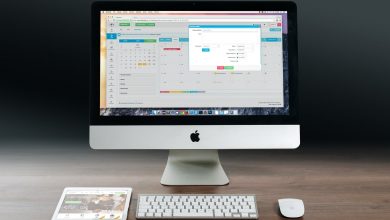Business
How To Set Up A Budget

Setting up a budget can be a major part of personal money management. It is also a very difficult task for some people as it requires time, structure, and self-discipline. In addition, it is often avoided because people fear that setting up a budget will be require them to adjust their spending behavior. Still, it can be valuable exercise even if people struggle to follow their own budget. Here are some steps to setting up a budget. Setting up a budget can help you in coming to terms with ways in which you can [google_bot_show][/google_bot_show]cut down expenses and save yourself some extra money.

Identify major categories
The first task is identifying major categories of income and expenses. For income, this includes salaries, investments, and other income that might be earned in addition to regular jobs. If income is not fixed on a monthly basis, the budget should be set up in such a way that income is estimated on an average monthly basis. For expenses, people should identify their major outlays such as mortgage/rent, utilities, household, grocery, entertainment, insurance, and taxes. Expenses that are not every month should also be averaged out on a month-to-month basis so that they are included in the overall budget. This helps establish a structured pattern, and help people forecast a pattern of expenses.
Assign specific expenses to categories
Since people spend money in a wide variety of places, it is important assign specific expenses to major categories. For example, should restaurants be under entertainment or household? Does a particular retail store go under clothes or miscellaneous? There isn’t anything wrong with having multiple categories, but assigning specific stores and retailers to one category can be helpful for tracking purposes. The complication of the budget depends on the person, but it is important to be realistic about what the individual can handle. In general, consistency helps elimate confusion and aids the process of forming good habits.
Find a method to track your information
One thing that some people struggle with is a good tracking method. In the past, people have tracked budgets on paper but this can be a somewhat cumbersome. If one is computer savvy, there are many options which can help streamline the process. Some people start with a simple spreadsheet, though this can get difficult to manage if one has multiple categories and many expenses. Others use money management programs, which are available in a variety of versions and functionalities. These can help with tracking, managing multiple categories, and running reports on spending patterns. Also, these computer programs typically are not very expensive and are available at many major retailers.

Keep up with data input and follow your own budget
The last step is the simplest, and yet the hardest to follow. In order to make a budget effective, the budgeter has to keep up with inputting data. This includes receipts, petty cash, and the assignment of unplanned expenses. Unfortunately, people often get busy and procrastinate on keeping up with data entry. This can make the budget an afterthought and unravel any habits that were previously formed. The other challenge is to actually follow the budget, which means that one has to try and avoid exceeding budgeted amounts. This can be accomplished by utilizing unspent amounts on other categories, but the larger challenge is usually self-discipline and simply spending less. While a budget can help give structure to self-discipline, the person has to choose to shape their own behavior. Only then, can a budget setup be effective for personal money management and financial success.





